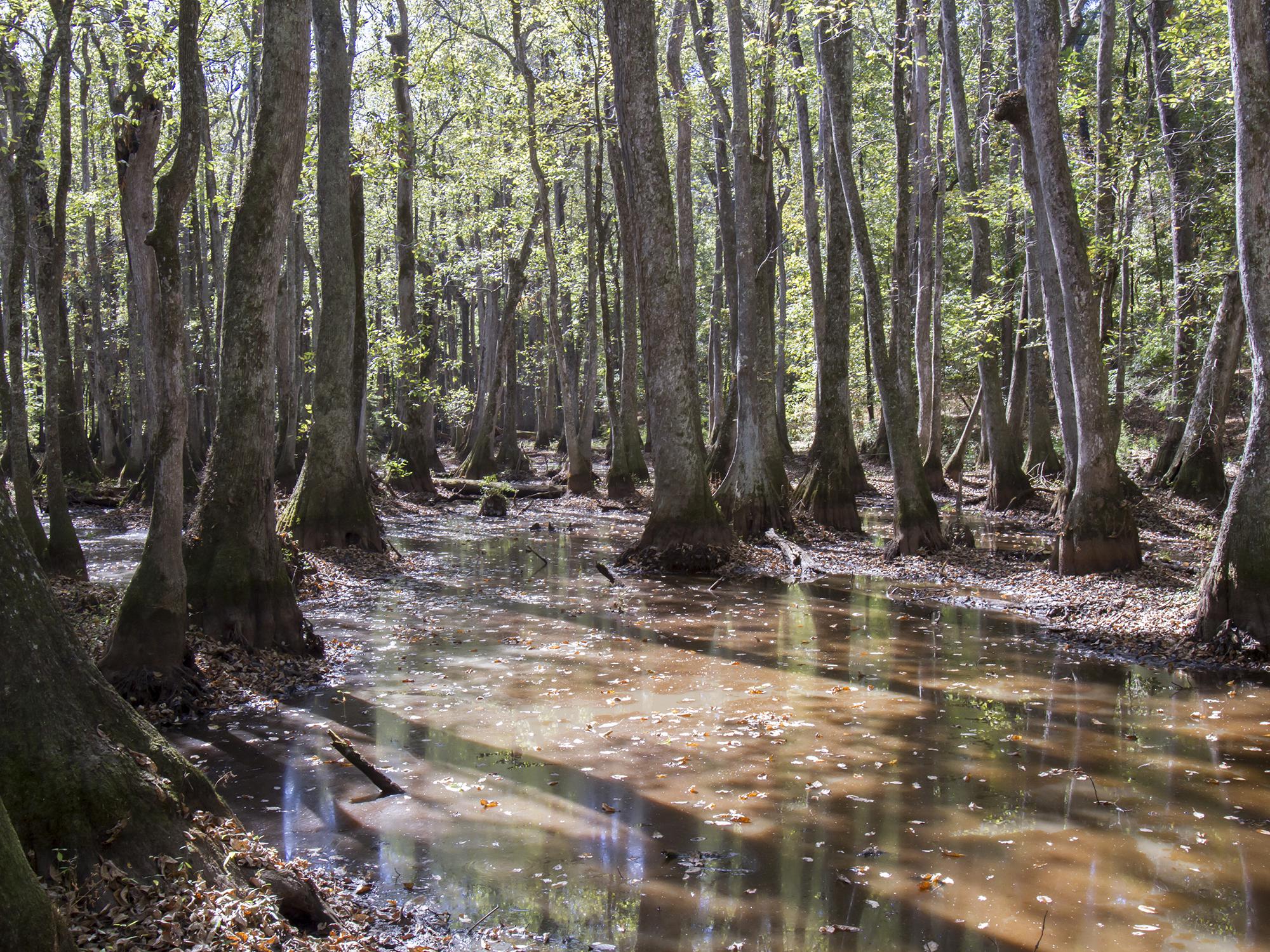Information Possibly Outdated
The information presented on this page was originally released on February 11, 2019. It may not be outdated, but please search our site for more current information. If you plan to quote or reference this information in a publication, please check with the Extension specialist or author before proceeding.
Native tupelo tree has great attributes
This week, we continue our look at the 2019 Mississippi Medallion plants with a fantastic Mississippi tree, the tupelo. Tupelo is known botanically as Nyssa sylvatica and is commonly called black tupelo or black gum.
Although it’s a Mississippi native, tupelo has a much wider native range. These trees are found across eastern North America from the northeastern United States and southern Canadian provinces to the states along the Gulf of Mexico. This area corresponds with USDA cold hardiness zones 3 through 9.
Tupelo falls into the category of a midsized deciduous tree with a mature growth potential of 30 to 50 feet tall and 20 to 30 feet wide. Early growth is fairly quick, and young trees have a pyramidal form. As the tree matures, the growth rate slows and the trees develop a more rounded form. The trunk typically remains very straight.
Since tupelo is a common native tree, you may be tempted to go out and dig one up for yourself, but don’t. This tree has a long taproot, and it’s doubtful that it would survive the process. Always buy a container-grown tree from your favorite garden center or nursery.
Some selections are available in the nursery trade, but this tree is not commonly found. Be sure to ask your favorite garden center what varieties they can source for you.
I love the tupelo’s glossy, dark foliage during the summer months, but I always look forward to the fall. Their spectacular reds, oranges and yellows are a welcome sight, often all at the same time on the same tree. This display is very welcome in the state’s typically drab season for fall color, especially in south Mississippi.
The flowers, both male and female, are not showy, but they produce nectar that attracts huge numbers of pollinators. I particularly like tupelo honey collected from the Apalachicola, Florida, area. I haven’t found a Mississippi source of this honey yet, so send me an email if you know of one.
In late summer and early fall, the flowers give way to oval, 1/2-inch-long fruits that mature to a dark blue. The fruit attracts to birds and wildlife.
Tupelo has the potential to be a great landscape tree that casts dense shade. This tree is a good choice for landscapes, as it tolerates growing in the full sun to partial shade and performs well in a wide variety of soil conditions. It flourishes in poorly drained soils -- even standing water. After establishment, tupelo is considered drought tolerant. To make if even better, the tree has few pests.
When you consider the dark-green summer foliage and colorful fall display, it sounds like tupelo has it all. But there’s one more attribute that I really like. In the winter, after the leaves have fallen, the gorgeous bark is finally revealed.
The thick, furrowed bark is arranged in scaly-looking plates, each having six sides. The rough and coarse effect only gets better as the tree matures. The bark finally reaches the point where it resembles the skin of an alligator.
So if you’re looking for a dependable, beautiful addition to your landscape, hunt out this native tupelo tree, a 2019 Mississippi Medallion winner.



